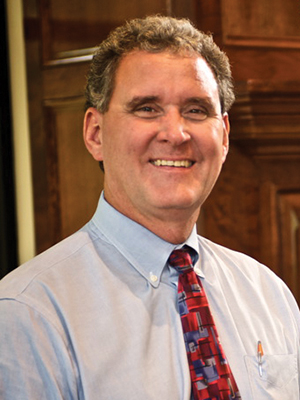
David Ammons
David Ammons is president of Retirement Living Associates, Inc. (RLA), a company which provides planning, development, marketing, and management services for new and existing retirement communities. He has worked in and with Senior Living Communities since his graduation from Wake Forest University in 1985. Contact David Ammons at [email protected] or 919-783-0044 ext 21.
Several years ago I wrote an article about the various aspects and considerations of the often used “Aging In Place” phrase. I appreciate that to many this phrase is up there with “Remember the Alamo”. It is used by some as a battle cry or only intended to imply a Prideful and Determined position. I share those noble goals and I applaud all of us, whether young or old, resident or staff at a community, that subscribe to this commitment.
But I want to share a few thoughts, not to be argumentative, but to be sure when one equates “Aging In Place” with “this is all I will accept” that they think a little further. My points really revolve around a differentiation between aging-in-place-in-current-setting-no-matter-what versus aging in “place” where “place” is a community.
Residents in an Independent living community often haved moved there for the activities, security, social interaction, meal preparation, activity areas, convenience and … the list goes on and on. When a person is truly independent these services and amenities can be great and exhilarating. I love seeing new residents in our communities that come in and meet new folks and encounter new opportunities to discuss new ideas. These “ready to grow and enjoy” residents really benefit from community living and therefore flourish. If the community has higher levels of care available, like Assisted Living or Supportive Living or Nursing level, and IF these services are needed then aging in place at the same community in a new living arrangement is excellent. But folks that may “dig in their heels” to never move again lose the ability to experience the aspects of the community that made living there so positive for them before. The mantra of “I Will Not Make a Change” can and does occur in one’s own home.
The risks and even unfairness of this mindset, a determination to not move to where care needs can be met, is a positive intent gone awry. The impact of not living where your needs can be met has consequences and risks to yourself, your neighbors, your children, and your closest friends.
As you shop and make your plans consider adaptive housing features, access to emergency services, and social options available to meet changing needs. Aging In Place options will be more plentiful near a city rather than in less developed areas. There are increasingly more and more companies available to assist with meals, home upkeep, and hands on services like home care and shopping.
In summary, there is security in living where your needs are met, and there is freedom and satisfaction in living where you control your own destiny. It is important to balance these ideas and make a plan that has a provision for what life brings you.

